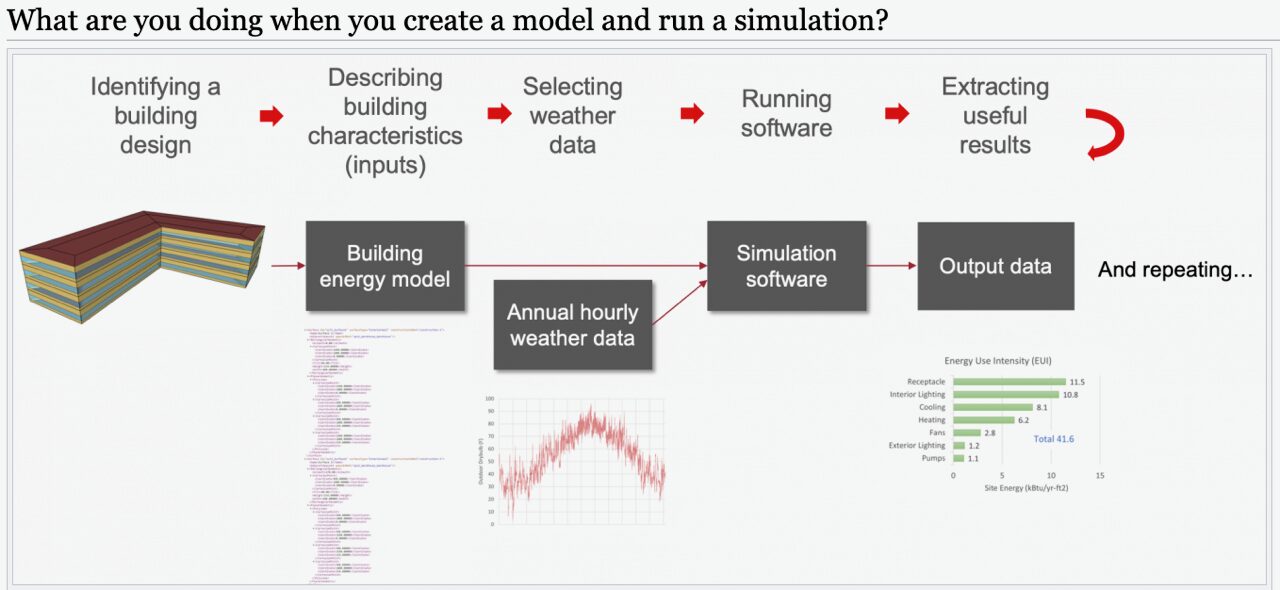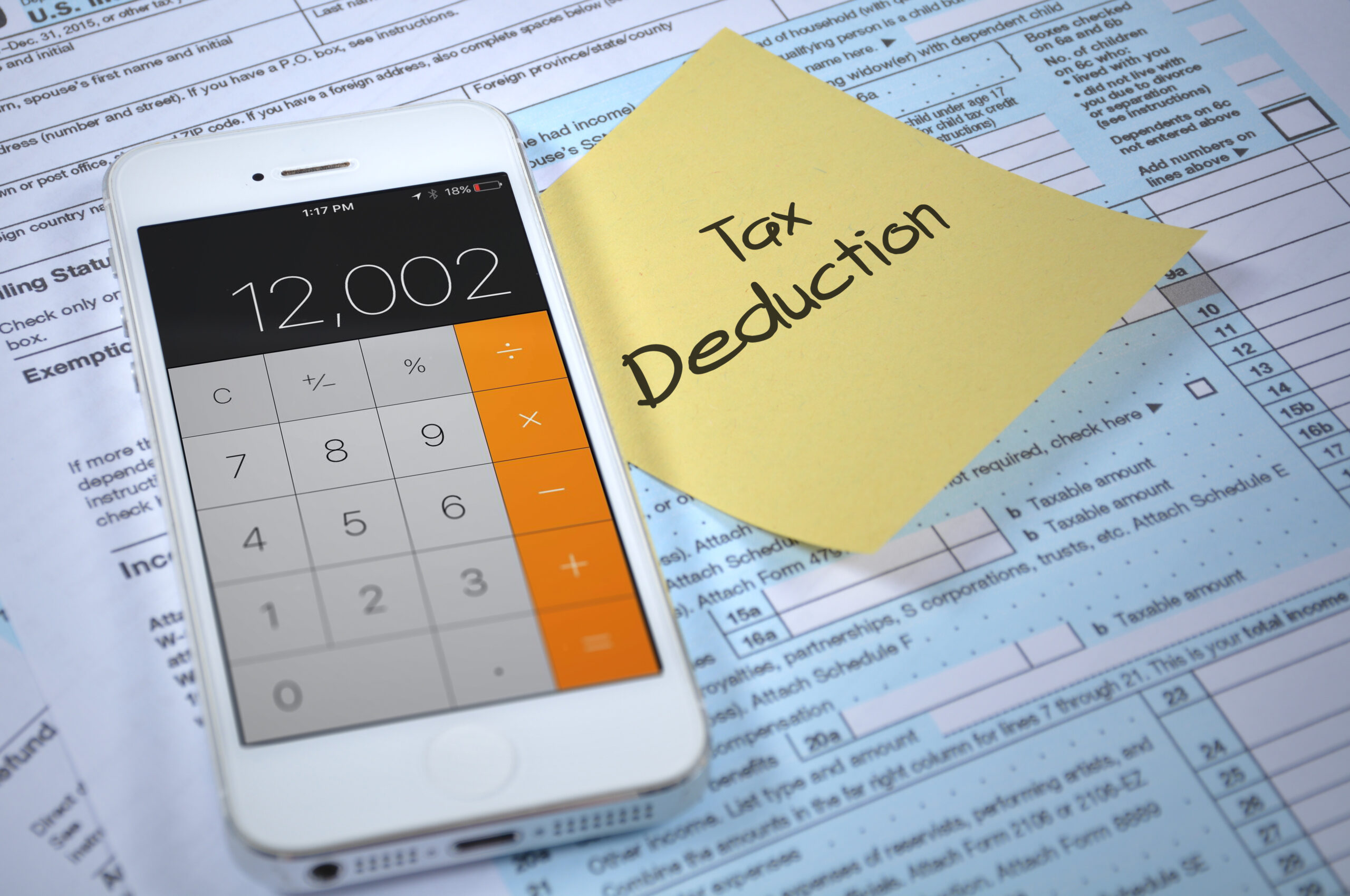How do budget limitations affect our ability to model building performance accurately? Does expertise come with a cost premium? Will new or future tools change the budget needs of modelers?
-Budget Conscious
Dear Budget Conscious,
“Everything we hear is an opinion, not a fact. Everything we see is a perspective, not a truth.” –Marcus Aurelius
My response represents an educated opinion about the topic(s). My opinion is fraught with cultural influence, bias, preconceptions, etc. – you get the picture. With that in mind, let’s dive in.
How do budget limitations affect our ability to model building performance accurately?
Truthfully, if the budget doesn’t allow for accurate building performance modeling, we shouldn’t be modeling the project. There are exceptions to this rule, but they are exceptions – not the standard. In the world of business, there is the unattainable quality, speed, or price triangle (see image below) that states you can only have two of the three corners of the triangle.

In my practice, quality cannot be compromised. This requires me to choose either speed or price. To adjust for this position, I attempt to take the following approach:
- Increase project fees
- Streamline internal process to reduce costs
- Lengthen the project timeline
If attempts to do these things fail, I’m left with one option.
- Turn down the work
It is not always easy to turn down work, especially when things are slow. However, when we choose not to compromise on quality, project fees are generally higher, which increases profit margins on the projects that are won. Additionally, clients who have more interesting, complex projects are more likely to reach out when they feel the project needs higher than usual quality and accuracy.
Uncompromising accuracy and quality builds confidence in our industry which can sometimes be diminished to the checking of a box for a certification system, incentive, or rebate. Our services do those things, but we more importantly provide analysis to inform decision making that adds value to any project.
Does expertise come with a cost premium?
Hmmm… this one is tricky. Most everyone in this industry is an expert in their own right. Whether your education or experience is in research, new construction, existing buildings, commercial, residential, industrial, etc., we all know more about energy efficiency than your average Jane or Joe. However, our level of expertise varies based on a combination of education and years of experience. To discuss whether a cost premium should be attached to expertise requires a discussion about what level of expertise one has with any given question. After expertise is defined, a value discussion should follow. For example, I may be an expert when it comes to building envelope analysis and LBNL’s THERM, but if the client is seeking assistance with lighting design, my expertise does not add much value to the project. Cost premiums are only applicable for experts whose skills have a value, or perceived value, for the question at hand. Once the value of the expertise has been determined, negotiations can begin for a fee. If the client has prioritized energy efficiency for the project, and the project budget can afford a cost premium, then the modeler stands a fairly good chance of charging a cost premium. To be awarded the project, a lower fee may have to be accepted. How good are you at negotiating? Insisting on a cost premium may cost you the project.
If anyone out there feels they have mastered the ability to align their expertise with a stated value on a project and negotiate a cost premium, please give me a call. We should go to lunch!
Will new or future tools change the budget needs of modelers?
I believe this is the wrong question. I will address the restated question below.
Will new or future tools add value to the modeling effort and/or industry?
New tools may increase the budget needs of modelers. However, if the tool(s) don’t add value, they won’t be around long. New modeling tools will hopefully
- decrease a modeler’s expense (less time),
- increase the accuracy of the results, and/or
- assist in better explaining model results (data visualization).
By providing these benefits, the new tool doesn’t necessarily increase the modeler’s budget, but it has the potential to increase the modeler’s profit. Profit equals abundance, and abundance allows a modeler to explore his or her passion in greater detail and move the industry forward.
David W. Griffin II, BEMP, AIA, GGA
Principal, Griffin EnerG Consulting
CLICK HERE TO ASK YOUR OWN QUESTION
Want to join our team of experts answering questions? Click Here






